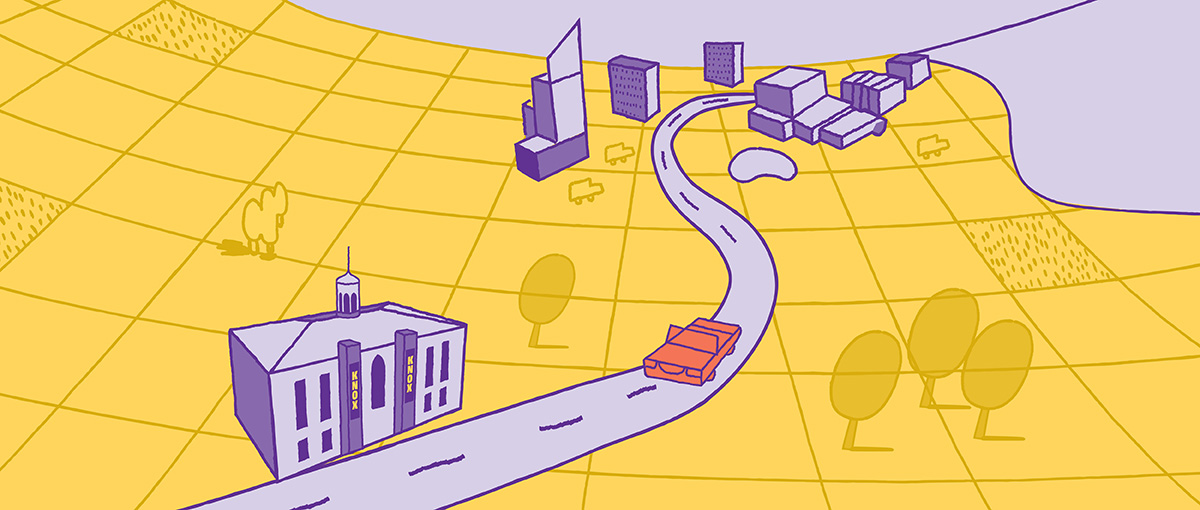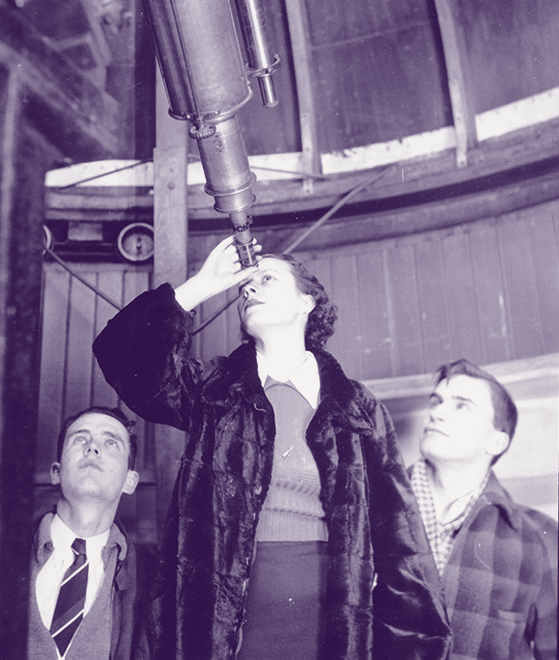

Environmental Studies
Work for a better tomorrow by exploring our earth’s resources today.
Major or Minor in Environmental Studies
Who We Are
The environmental studies department has three full-time faculty: a specialist on climatology and environmental justice, an earth scientist with a specialization in geoarchaeology and GIS, and a social scientist focused on environmental policy. The program also draws on faculty expertise in the departments of anthropology, biology, chemistry, economics, mathematics, history, philosophy, psychology and sociology.
Students may complete either a major or a minor in environmental studies. The major requires introductory and advanced courses in environmental studies, as well as courses in statistics and a senior project in which the student pursues a specific environmental issue in depth.
Where We Learn
The environmental studies program is housed in Umbeck Science-Mathematics Center, where there are several large teaching laboratories as well as dedicated student/faculty research laboratories. Other resources include:
- An outdoor urban farm.
- Controlled environmental chambers and the Ellen Browning Scripps Greenhouse.
- Green Oaks Biological Field Station, a 700-acre preserve that includes prairie, woodland and wetland habitats.
- The Geographic Information Systems (GIS) laboratory that includes state-of-the-art computers with the latest ESRI ArcGIS Pro software.
- Hand-held and differential Global Positioning System (GPS) devices and equipment for water quality monitoring, soil sampling, and other environmental field work.
- The geology laboratory provides space for student projects as well as basic wet lab functionality. Specialized equipment for sample preparation and analysis are available, including a rock saw and ball mill, petrographic and stereo microscopes, and sediment sieves.
Is Knox for you?
Contact us to find out more about our comprehensive majors, minors, and programs.

